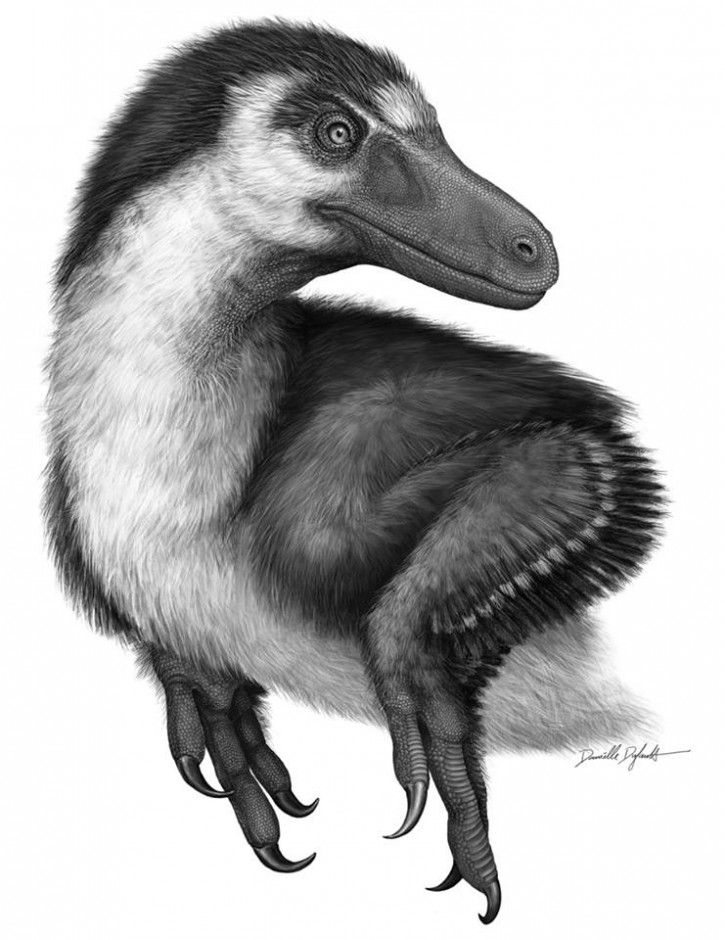So I don’t normally blog whenever a new dinosaur pops out the pages, but a new one, Acheroraptor temertyorum received quite a welcome back to the living world with this exquisite illustration by Danielle Dufault. I’ve asked for her permission to post on here, and it’ll appear on the front cover of Naturwissenschaften (December issue, probably), so defo worth checking out a hard copy!

Acheroraptor, in all its glory (click for larger, or email Danielle!)
